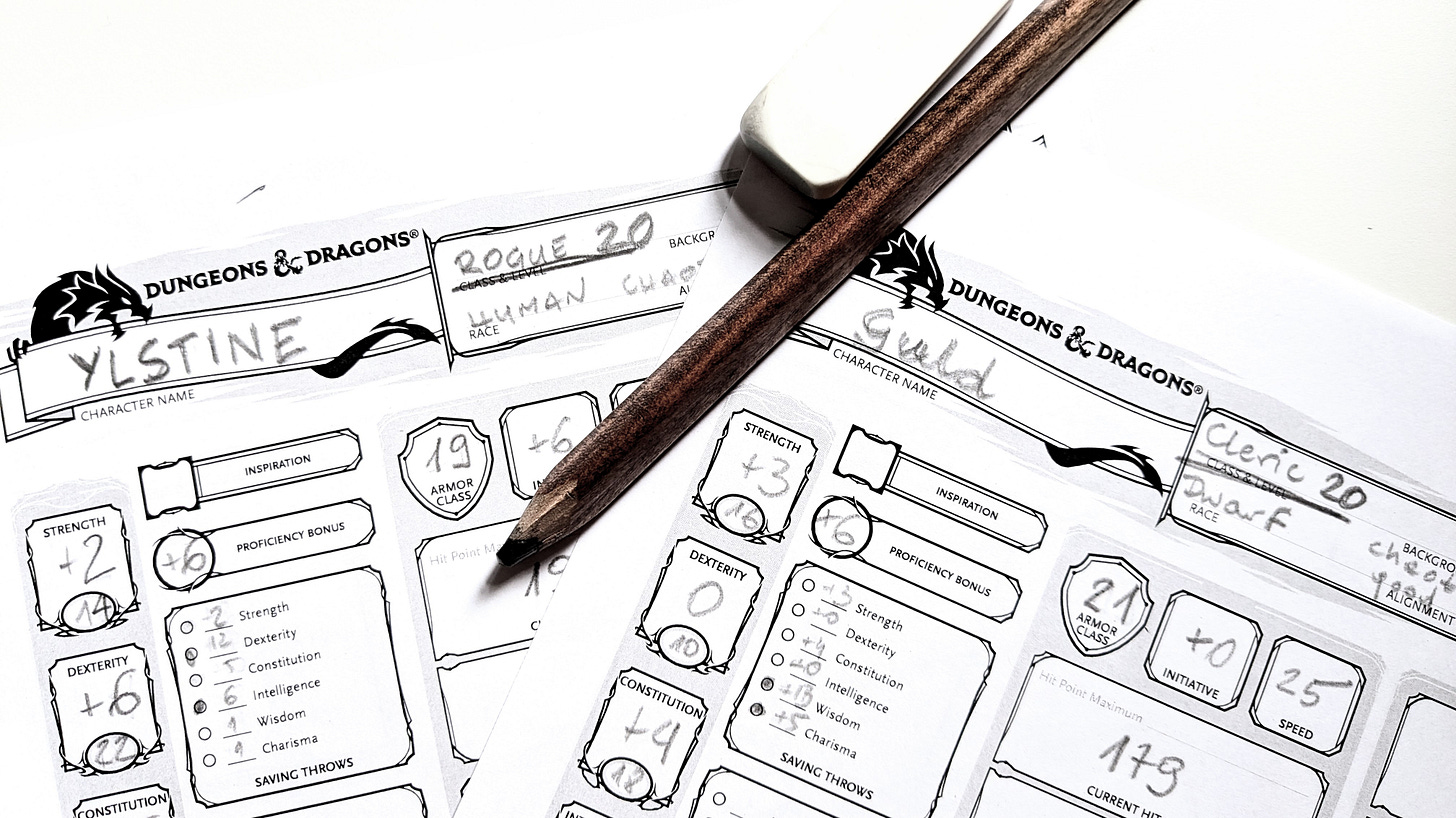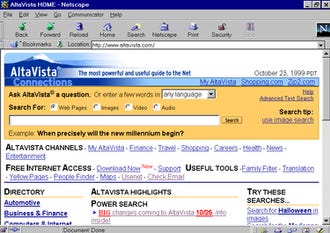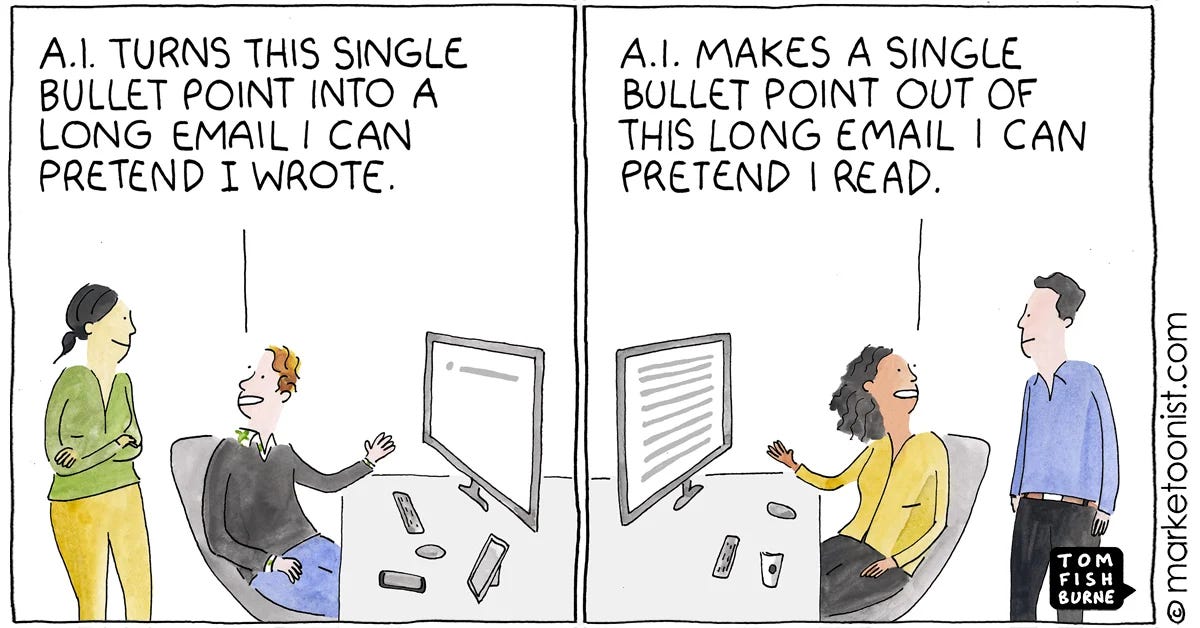The Ultimate Product Question: What Does the Endgame Look Like?
Endgame content is a game in a game, and a very different one. Startups and product developers should learn that lesson from game designers.
World of Warcraft (WoW) is a phenomenon in the gaming industry. Released more than two decades ago, it has been hugely successful and still runs strong. The game defined the MMORPG genre (Massively Multiplayer Online Role-Playing Games).
One of the innovations that WoW introduced was the so-called endgame content.
Historically, the goal of a story-based game (OK, almost any game) was to beat the game. Get to the last room, solve the central mystery, defeat the last villain, and see the closing credits. Game over. If you really liked it, you could replay the story again.
With WoW, the goal of the game is to keep playing the game. So, once you go through all the regions, quests, and reach the max level (given that you don’t want to replay the story), then what?
Then, the designers offer an entirely different game. In WoW, it comes in the flavor of raids—increasingly difficult, closed missions for entire groups of players, who must collaborate effectively to beat the challenge and win rare and powerful rewards that can’t be obtained through other means.
It’s no longer about story, quests, or character-building. It’s about manual mastery and tactics. A game in a game.
But why does it matter for a startup or, in a broader context, in product development?
What Is Product Endgame?
Translating the idea of endgame content to product development is straightforward. Consider the trends (usage, product adoption, etc.) and extrapolate them into the future. What does this future look like?
And then, ask a follow-up question: Is that future picture you’ve just imagined sustainable?
It may be easier with an example. When the Internet was gaining popularity in the 90s, we got our first search engines. The algorithms were super simple. The higher the keyword density on a page, the higher it was ranked.
Now, because being near the top in search results gave you an edge, people started optimizing for that. It was super simple. Just fill your page with a ton of keywords, and barely anything else.
So, imagine you’re working on AltaVista in 1997 and you ask the endgame questions.
Q: What does the endgame look like?
A: Since keyword density gives you an edge, every page eventually gets optimized for keyword density.
Q: Is it sustainable?
A: Hardly. Such pages would be awful and/or incomprehesible for human consumers. Optimizing for search results positioning defeats the purpose.
The following year, Google search was available to the public. Their value proposition was a ranking algorithm that doesn’t defeat the purpose (it’s my rephrasal). AltaVista was gone in a few years.
We could have bet that an alternative solution would emerge. Extrapolating the trends, even if they were advantageous for the earliest adopters, would destroy value for everyone.
Tragedy of the Commons
One way of framing it is through what happens to shared resources. Tragedy of the Commons explains our tendency to act in short-term, selfish interests, even if it means depleting the resource.
As a fisherman, I am incentivized to overfish. The more I catch, the more I earn here and now. I also get an edge over other fishermen, who, in turn, are likely to follow suit and overfish as well. Eventually, we all end up with depleted fish stocks. Ultimately, the fishery is owned by no one, thus there’s no one to care about its sustainability.
When considering product ideas, we often begin with a problem to solve. It matters, though, what kind of solution we suggest. What if our solution (or similar solutions offered by our competitors) gains significant traction and eventually everyone in our niche uses it?
Would it make the “commons” better off, or rather destroy it?
Would we be like that fisherman who decided to use a net with a finer mesh, thereby threatening the sustainability of his fishery?
To make things worse, VCs push hard on fishermen startups they invest in to see fast growth. That, in turn, incentivizes falling for finer mesh nets even at the expense of sustainability.
AI in Recruitment
Think of how recruitment has changed over the last few years with the emergence of AI tools.
ChatGPT made filling in even extensive application forms super simple. It could polish a candidate’s resume and “write” a cover letter. Suddenly, it was so much easier to apply for a job.
Unsurprisingly, we saw the emergence of AI products that mass apply on behalf of a candidate. Overnight, we’ve witnessed job application traffic skyrocket.
Companies that have seen a surge in applications have also turned to automation. They route the incoming traffic through an AI tool that filters out probably 95% of it.
We have as many candidates as before. The number of jobs didn’t change. However, we have 100x as many applications.
Sure, initially, those candidates who automated their application process might have had an advantage. However, it quickly disappeared as more and more people picked up these tools.
The other side—hiring companies—quickly adopted tools to compensate for the changes in the recruitment game.
At the end of the day, everyone is worse off, as it is even more difficult than before to find a good match amid the increased levels of noise.
However, since it’s still not the end of the adoption curve, we may still ask the endgame questions.
Q: What does the endgame look like?
A: Since anyone looking for a new role can send thousands of job applications with just a few clicks, the noise will increase. Companies will necessarily respond with even stricter automated filtering mechanisms. It will be like two AI models playing a game against each other. The odds of an actual human being reading a resume will go down.
Q: Is it sustainable?
A: Not a chance. A resume, as a token of information that a candidate exchanges with a potential employer, has outlived its usefulness. The same goes for traditional job application forms.
Something else will come. Do I know what it is? Nope. Yet it’s enough to extrapolate the current trends in AI-supported recruitment to see that the current model is unsustainable.
Why Should Startup Care for Endgame?
I argued many times that startups should pace themselves with their big visions. What matters is the next problem at hand. And scarcely any startup has a problem of too many people using their offering.
If you are an average early-stage startup, you worry about Problem-Solution Fit (validating whether your idea addresses anyone’s need), and not how the future would look if you dominated your niche.
Still, the endgame questions are fundamental. When a startup aims for external funding (which is the majority), the latest they should answer these questions is when they start pitching.
The endgame vision means that:
Either vast adoption is unlikely, and then the business plan should revolve around a niche solution (which isn’t the most attractive story to tell in a pitch, by the way)
Or the product might become highly popular, driving competition, and changing the game (if so, is it possible that we’d defeat the original purpose)
Sadly, so often, especially with the recent wave of AI-based products, it feels like they were aiming to become the next tragedy of the commons story.
That, in turn, doesn’t make a candidate for a startup success story. It may be more like one of those supernovas, which, at one moment, can get a huge valuation only to be sold for a few percent of that some time down the line. It may not be a rewarding journey for the founder.
The endgame questions are equally crucial for a startup that plans to bootstrap. If the emergence of a new solution eventually kills an existing business niche, we may want to reconsider our plan altogether. After all, boostrapping is ultimately the long-haul game.
The Endgame Litmus Test
With the meteoric rise of AI tools over the past few years, I find myself asking the endgame questions frequently.
Get our new tool to generate your social media content!
Q: What does the endgame look like?
A: Almost all content is AI-generated. It’s generic, and people have less interest in consuming it. Genuine work gets buried under tons of bloat and is unfindable.
Generate entire applications with our AI tools!
Q: What does the endgame look like?
A: The vast majority of products are maintained with no technical knowledge about the code whatsoever. In the event of tech issues, there’s no one available to respond. The risk of extinction-level technical problems systematically grows. And that doesn’t even include the potential security nightmare we introduce.
Use ChatGPT to get your homework done!
Q: What does the endgame look like?
A: The homework-reliant, essay-writing-based education system has already lost, and we still have little idea how to change it. Kids will pretend they do stuff, teachers will pretend to believe them, and the cognitive skills of the next generation will be, well, very different from what we now imagine.
Try my new product!
Q: What does the endgame look like?
A: ...
The answer will tell more than you think.





